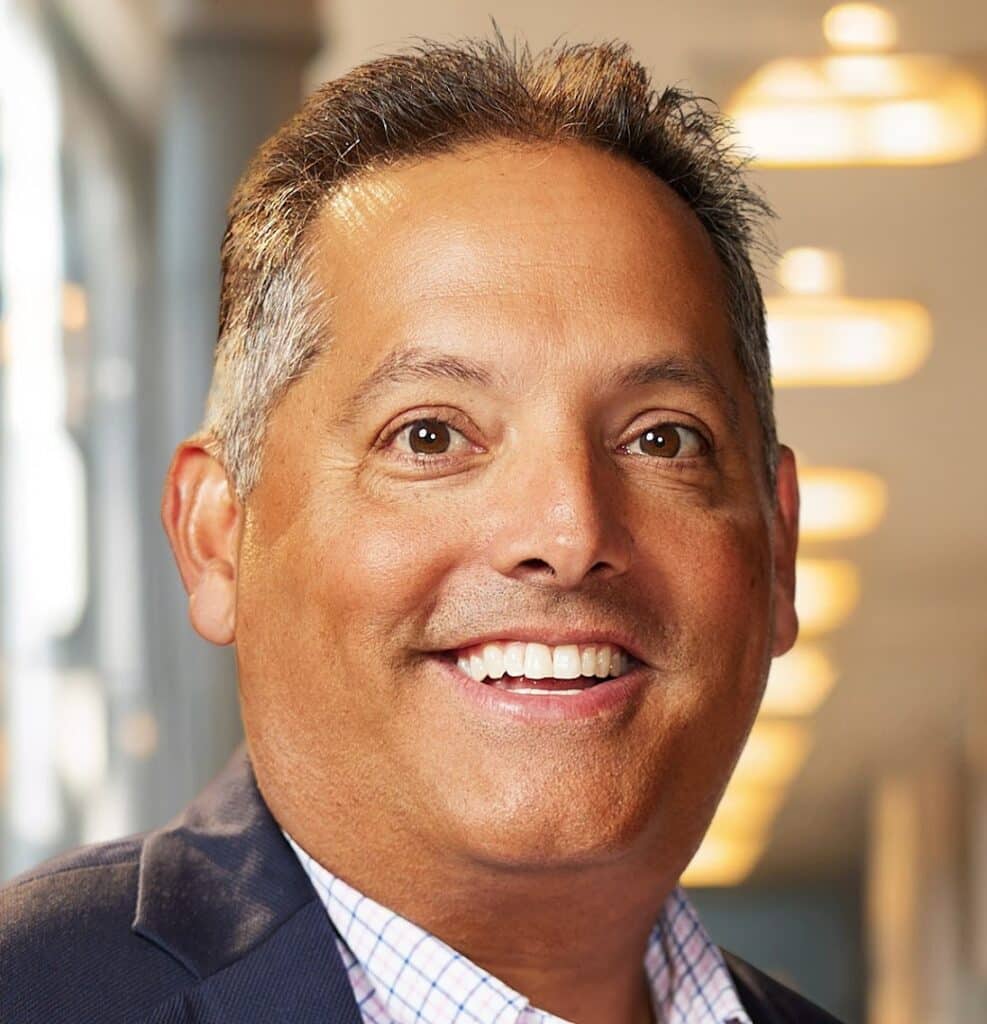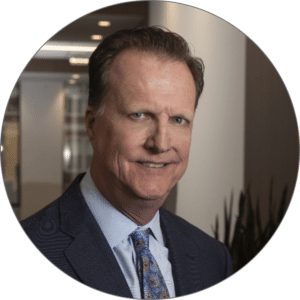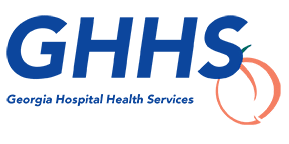
By Neill Marshall, Chairman, HealthSearch Partners and Kurt Mosley, Associations Practice Leader, HealthSearch Partners

Michael Pulido, SPHR, MHA, is a healthcare executive with extensive experience leading organizational change and enhancing patient experience. His approach to leadership is centered on visibility, engagement, and building a robust and connected workplace culture. His healthcare career has included healthcare systems and hospital operations positions. Currently he is Senior Client Executive with OneDigital in Atlanta, GA. Previously, he was, Chief Human Resources & Operating Officer for Mosaic Life Care,. He holds a Master’s degree in Health/Healthcare Administration from the University of Minnesota and a Bachelor’s degree in Political Science and Government from the University of Houston.
In this installment of our First 90-day leadership series, we delve into the carefully crafted strategies of Michael Pulido, SPHR, MHA, a seasoned healthcare executive known for his hands-on approach and focus on intentionality. Pulido’s first 90 days in a new position set the tone for a leadership style that emphasized visibility, connection, and understanding the true pulse of the organization through purposeful engagement.
The Twists And Turns of A Path Less Traveled
While rounding is a common practice for healthcare leaders, Pulido took a unique approach by deliberately taking less conventional routes throughout the hospital. He avoided familiar hallways and opted for service areas and back corridors where he was more likely to encounter staff who rarely saw senior leadership.
“I wanted to round with intentionality,” Pulido shared, “taking a different path that allowed me to meet the people who truly kept the hospital running, those who worked behind the scenes. I remember meeting a housekeeper who had been with us for decades and having a heartfelt conversation with her about her family. You miss these kinds of meaningful interactions if you stick to the main hallways.”
Pulido’s approach highlighted the importance of connecting with employees on a human level beyond their jobs. It wasn’t about a quick hello but understanding their experiences and building genuine relationships. This intentional visibility helped Pulido foster trust and gain valuable insights during his onboarding period.
Meeting People Where They Are: Building Legitimate Relationships
Pulido’s philosophy was straightforward: he had to meet people in their environments to truly understand the organization. He engaged staff on their turf, whether in a crowded ER, a quiet ICU, or a back office.
“Employees feel more at ease when they’re in their own space,” Pulido explained. “If I had asked a staff member to come to my office, the dynamic would have been completely different, more formal and restrained. But, when I met them in their workspace, they were more relaxed and open. It created an environment where real conversations could happen.”
This approach was particularly impactful in the first 90 days, because it allowed Pulido to quickly establish rapport and demonstrate his commitment to understanding the organization’s day-to-day realities. It wasn’t just about observing but about engaging, listening, and learning.
No Loitering, Just Artful Observing
Pulido made it a point to sit in the hospital’s main lobby, observing the flow of interactions and the atmosphere. This practice allowed him to experience the hospital from the perspective of a patient or visitor, providing critical insights into the organization’s culture and service quality.
“I would sit in the lobby and take it all in—the sights, the sounds, even the smells,” Pulido said. “The smell of fresh coffee or the sound of piano music can create a calming environment for patients who are already feeling anxious. It’s about creating positive distractions that can ease a person’s anxiety, even for a brief moment.”
Pulido’s observations often revealed subtle but telling details about the hospital’s service culture. He would note whether employees made eye contact, greeted patients, or offered their assistance. “You learn a lot about an organization’s culture by simply watching how staff interact with people,” he noted. “These small actions create a lasting impression on patients and visitors.”
Close Encounters After Hours
Pulido’s commitment to understanding the full scope of hospital operations extended beyond the typical workday. He made a point of visiting the hospital at night, on weekends, and early in the mornings when a different set of challenges emerge.
“The night shift often feels like the forgotten shift,” Pulido observed. “They have their own culture and face unique challenges, but they don’t always get the same level of attention as the day shift. Being there during off-hours allowed me to connect with these teams and show them their contributions are valued. It also helped me identify operational issues that might not have been apparent during the day, strengthening my ability to make informed decisions.”
Pulido’s strategies offer a valuable roadmap for new leaders:
- Rounding with Intentionality: Take nontraditional routes to meet employees who might go unnoticed.
- Engage in Their Space: Encourage genuine connections by meeting staff where they are most comfortable.
- Observe and Absorb: Spend time experiencing the hospital from the perspective of patients and visitors.
- Be Present Beyond Regular Hours: Understand the unique challenges night and weekend teams face by being visible during off-hours.
These tactics underscore the power of servant leadership and the importance of showing up in ways that resonate with employees. “Leadership isn’t about sitting in your office making decisions, it’s about walking the halls, listening, and showing your team that you care,” Pulido said.
Stay tuned for more insights as we continue exploring the innovative tactics used by healthcare leaders to make their first 90 days count.
If you have adopted this tactic, or any others featured in this series, we’d love to hear from you. Please contact us to share your story.






